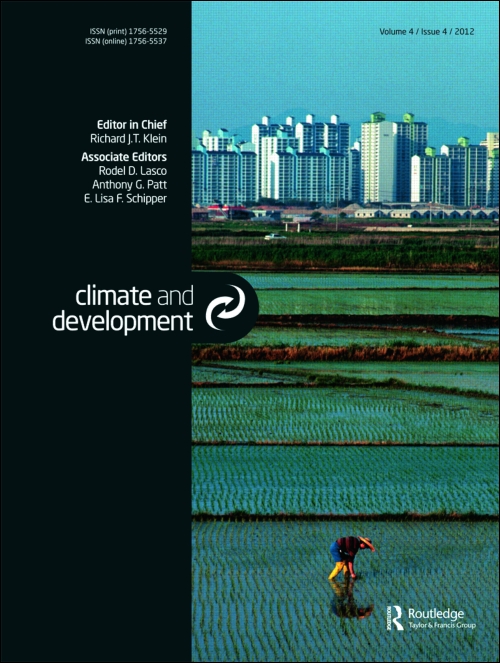
A perspective on climate-resilient development and national adaptation planning based on USAID’s experience
This research published in the Climate and Development journal is available as a free access PDF via Taylor & Francis Online.
Abstract
National adaptation planning has evolved from a focus on short-term, project-level interventions to mainstreaming adaptation into broader development goals. Initial adaptation efforts tended to focus on climate science and project-level assessments and measures. In contrast, National Adaptation Plans (NAPs) provide an opportunity to take a longer-term, more strategic approach to adaptation. A “development-first” approach, rather than a “climate-first” or climate stressor-driven approach, enables climate change to be more effectively integrated into development planning and decision-making. The United States Agency for International Development’s (USAID’s) Climate-Resilient Development framework, as applied to NAPs, begins with a workshop attended by a broad array of government and non-government stakeholders. During the workshop, participants take a comprehensive view of a country’s social and economic development goals and key climate and non-climate risks to those goals. Participants also identify potential adaptations that can reduce the most significant climate risks to development. USAID has applied this approach in stakeholder workshops in Jamaica, West Africa, and Tanzania, and these workshops have helped to catalyse NAP processes in the countries. Lessons learned from these applications include the importance of stakeholder ownership and buy-in at an early stage of the NAP process, the value of embedding NAPs in an existing planning process such as long-term economic development planning to promote more effective mainstreaming, and the key role that NAPs can play in the coordination of financial and technical support by development agencies and other institutions.
Publisher: Climate and Development